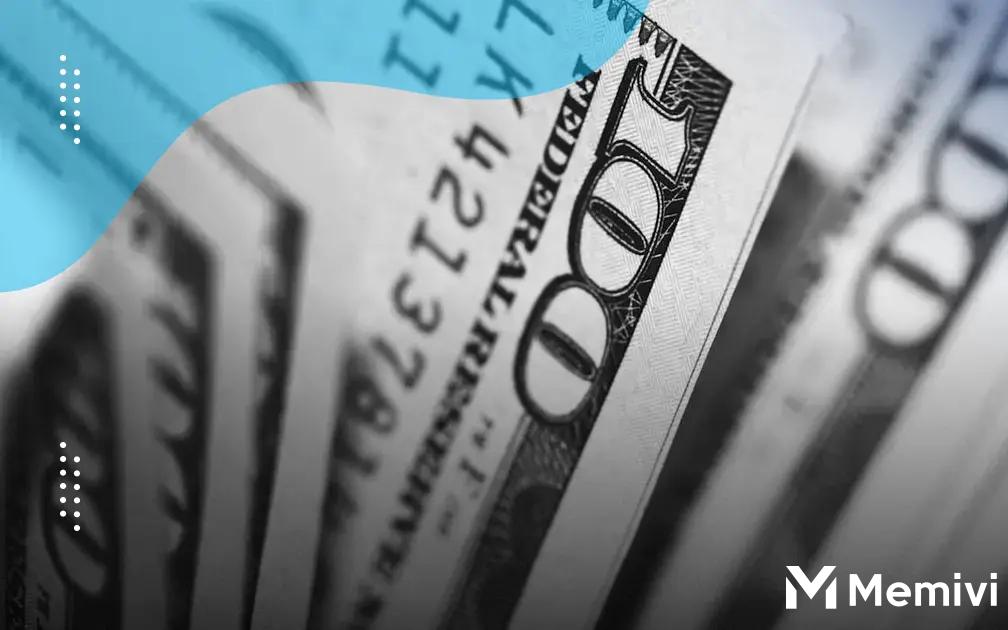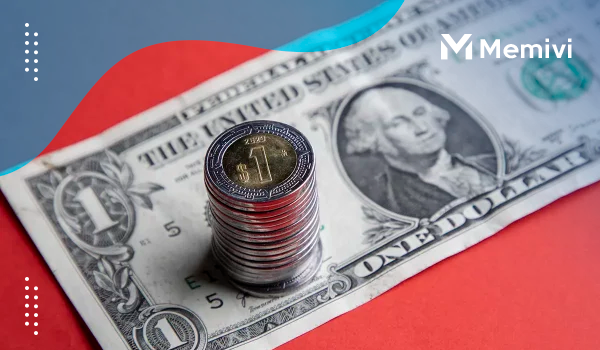
This post explores the impact of inflation on your savings, the hidden costs associated with traditional accounts, and smart alternatives you can consider to maximize your savings potential. By understanding these aspects, you can take proactive steps to safeguard your financial future.
Understanding Inflation and Savings
Inflation can have a significant impact on the value of your savings over time. When prices rise, the purchasing power of your money decreases, meaning you can buy less with the same amount of money. If the interest rate on your savings account is lower than the rate of inflation, your savings could actually lose value in real terms.
It’s crucial to understand how inflation affects savings to make informed decisions about where to store your money. Inflation eats away at the real value of money, making it essential to find a savings vehicle that offers a return rate above the inflation rate to preserve wealth.
Many traditional savings accounts offer low interest rates, often below the inflation rate, resulting in a net loss of purchasing power. By staying informed about the current rate of inflation and comparing it to your savings account’s interest rate, you can gauge if your savings are truly growing.
Understanding inflation and its impact on savings is vital for maintaining financial health. Without this knowledge, you might not realize your nest egg is shrinking in value, despite seeing the numbers grow slowly in the account.
The Hidden Costs of Traditional Accounts

When dealing with traditional savings accounts, many might see them as a safe haven for their money. However, these accounts often come with hidden costs that can erode your savings over time. One significant cost to be aware of is the low interest rates typically offered by such accounts. While they provide a nominal interest, it barely keeps pace with the average inflation rate. This means your money isn’t growing as it should, and its purchasing power might diminish.
Beyond interest rates, traditional accounts often have maintenance fees. These can be monthly or yearly charges that banks impose just for holding your money. Such fees can gradually chip away at your savings, especially if your account balance isn’t particularly high.
In addition, watch out for transaction limits. Some accounts have restrictions on the number of withdrawals you can make each month. Exceeding this limit can lead to penalty fees, further cutting into your money’s growth potential.
Another concern is the lack of features offered by many traditional accounts. While newer financial products provide advanced tools and insights to help your funds grow, conventional accounts tend to remain quite basic. This may limit your ability to effectively manage and maximize your savings.
To avoid these pitfalls, it’s crucial to do thorough research and compare different savings options. Considering these hidden costs can protect your money from unexpected drains and ensure that you’re making the most of your financial resources.
Alternatives to Maximize Your Savings
Consider exploring High-Interest Savings Accounts as an alternative. These accounts often provide better interest rates compared to traditional ones, allowing your savings to grow at a faster pace. Evaluate online banks, as they usually offer higher rates due to reduced overhead costs.
Another option is investing in Certificates of Deposit (CDs). CDs lock your money for a specified period in exchange for a guaranteed return. This makes them a secure choice if you don’t need immediate access to your funds.
For a more diversified approach, consider money market funds. These funds can offer higher returns by investing in short-term securities. Although they carry some risk, they can be a good balance between accessibility and yield.
Retirement Accounts and Tax-Advantaged Accounts
Maximize your savings by contributing to tax-advantaged retirement accounts like IRAs or 401(k)s. These accounts offer significant tax advantages that can help your money grow more efficiently over time. Additionally, look into Health Savings Accounts (HSAs) if you have a high-deductible health plan. HSAs offer triple tax benefits — contributions are tax-deductible, earnings grow tax-free, and withdrawals for qualified medical expenses are tax-free.
Consider peer-to-peer lending platforms if you are comfortable with taking on more risk for potentially higher returns. These platforms allow you to lend directly to individuals or businesses, diversifying your savings strategy further.
Real Estate Investment Trusts (REITs) are another valuable tool. REITs provide a way to invest in real estate with partial ownership in income-producing properties. While they come with their risks, they can offer substantial returns and should be considered as part of a diversified portfolio.
Steps to Protect Your Financial Future

It’s critical to adopt a proactive approach to safeguard your financial future, especially when considering inflation and the hidden costs associated with traditional savings accounts. Begin by evaluating your current financial status and setting realistic goals. Establishing an emergency fund should be a priority; aim to save enough to cover at least three to six months of living expenses. This fund will act as a financial buffer against unexpected events, such as medical emergencies or job loss.
Next, explore alternative savings options offering higher returns compared to conventional savings accounts. Diversifying your portfolio is key. Consider investment vehicles like mutual funds, stocks, bonds, or even real estate. Each option comes with its own levels of risk and potential returns, so it’s important to educate yourself or consult a financial advisor before making decisions.
Automating your savings can significantly contribute to financial discipline. Set up automatic transfers from your checking to your savings account each month. This not only ensures consistent saving but can reduce the temptation to spend your reserves impulsively.
Additionally, make use of tax-advantaged accounts like IRAs or 401(k)s. These can offer substantial benefits and incentives for long-term savings, enhancing your financial security post-retirement.
Regularly reviewing and adjusting your financial strategy is vital to stay on track. Monitor inflation rates, assess potential tax implications, and remain informed about changes in financial markets.


 How to Build Credit in the U.S. from Scratch (Even If You Just Moved Here) <p class='sec-title' style='line-height: normal; font-weight: normal;font-size: 16px !important; text-align: left;margin-top: 8px;margin-bottom: 0px !important;'> Learn how to build credit in the U.S. from scratch with practical steps to establish and maintain a strong financial foundation. </p>
How to Build Credit in the U.S. from Scratch (Even If You Just Moved Here) <p class='sec-title' style='line-height: normal; font-weight: normal;font-size: 16px !important; text-align: left;margin-top: 8px;margin-bottom: 0px !important;'> Learn how to build credit in the U.S. from scratch with practical steps to establish and maintain a strong financial foundation. </p>  Why So Many People Are Broke Even With a Good Salary — and How to Fix It <p class='sec-title' style='line-height: normal; font-weight: normal;font-size: 16px !important; text-align: left;margin-top: 8px;margin-bottom: 0px !important;'> Discover why so many Americans are broke despite high salaries and learn proven steps to build real financial stability and long-term wealth. </p>
Why So Many People Are Broke Even With a Good Salary — and How to Fix It <p class='sec-title' style='line-height: normal; font-weight: normal;font-size: 16px !important; text-align: left;margin-top: 8px;margin-bottom: 0px !important;'> Discover why so many Americans are broke despite high salaries and learn proven steps to build real financial stability and long-term wealth. </p>  How Americans Are Saving Hundreds a Month on Groceries Without Extreme Couponing <p class='sec-title' style='line-height: normal; font-weight: normal;font-size: 16px !important; text-align: left;margin-top: 8px;margin-bottom: 0px !important;'> Discover how Americans are saving hundreds on groceries each month through smart planning, technology, and mindful habits. </p>
How Americans Are Saving Hundreds a Month on Groceries Without Extreme Couponing <p class='sec-title' style='line-height: normal; font-weight: normal;font-size: 16px !important; text-align: left;margin-top: 8px;margin-bottom: 0px !important;'> Discover how Americans are saving hundreds on groceries each month through smart planning, technology, and mindful habits. </p>